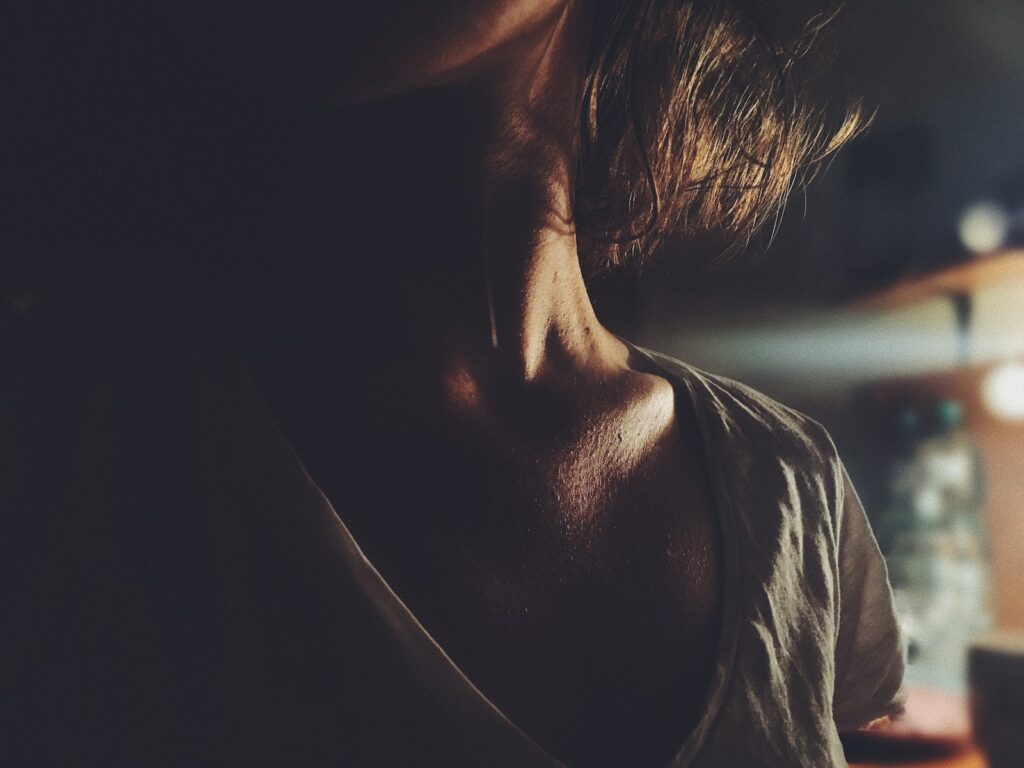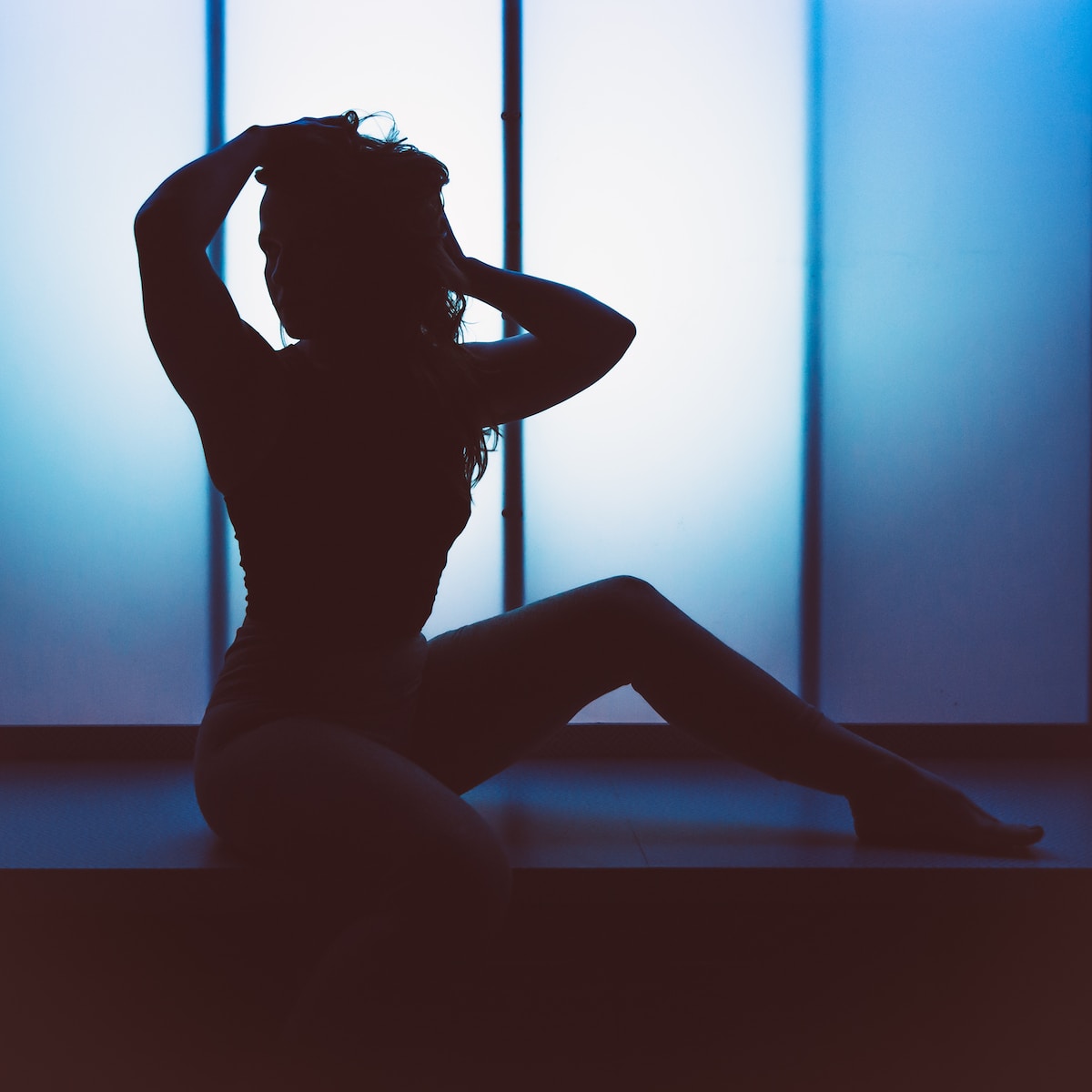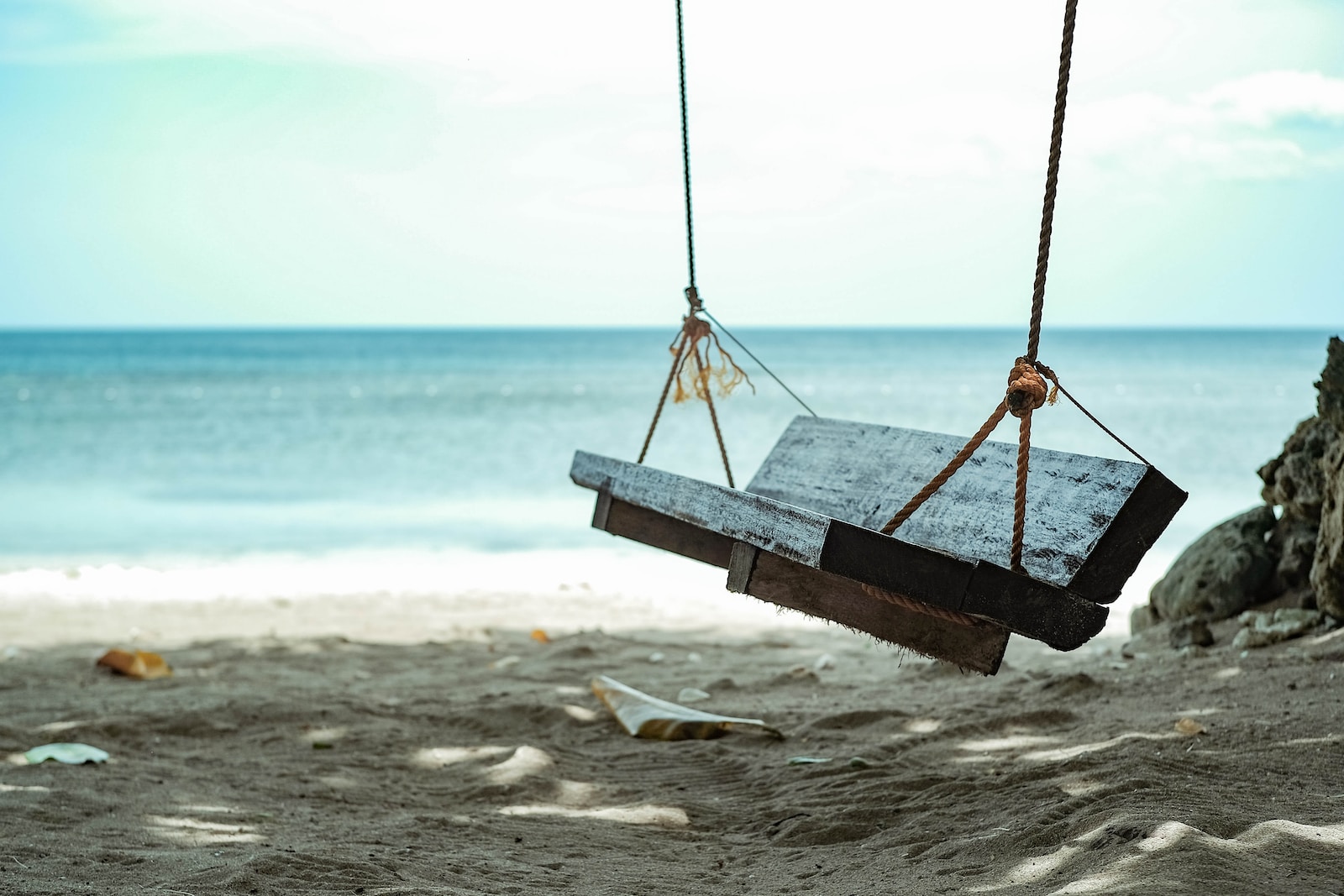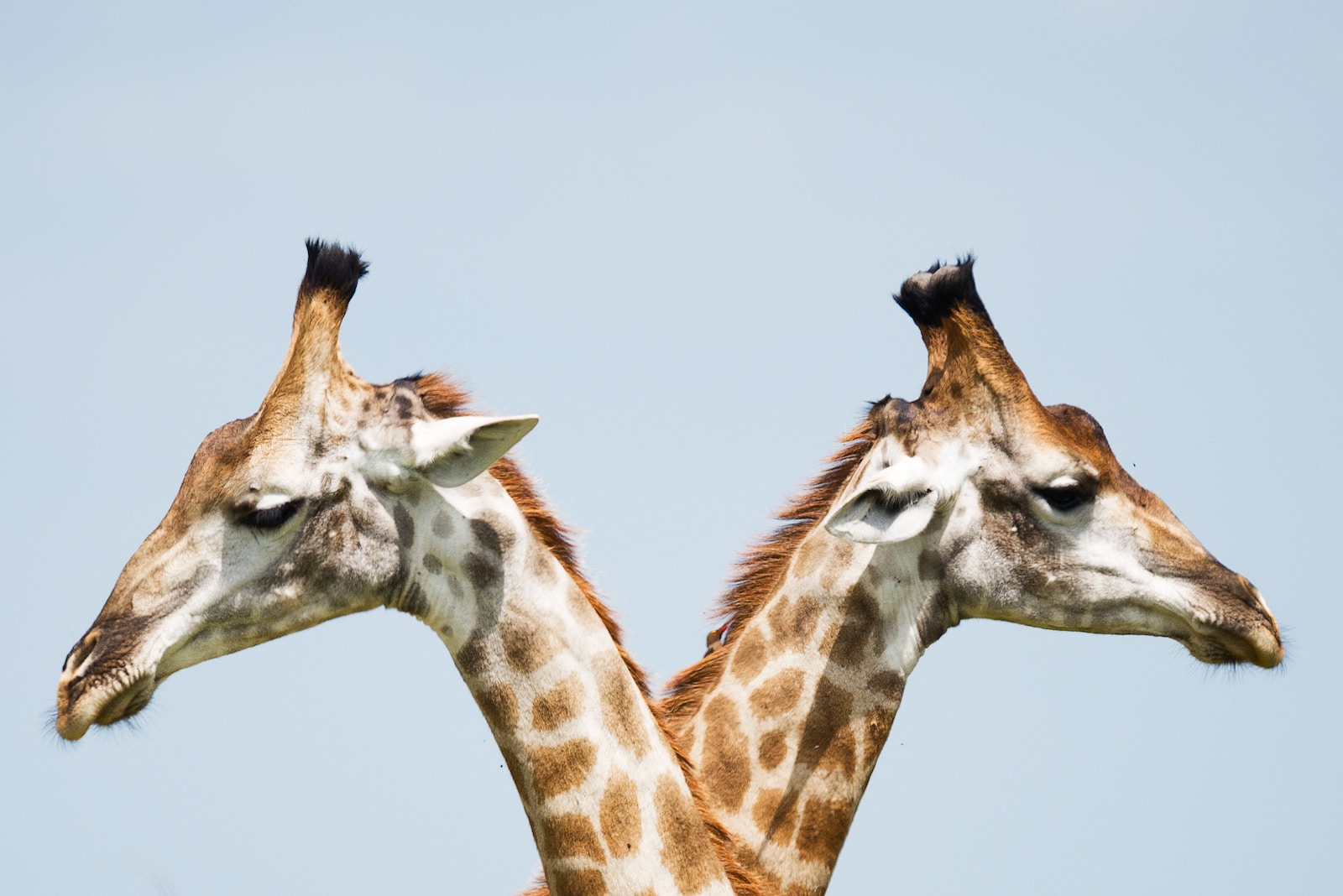Welcome to my blog, where we will explore the fascinating world of photography composition and the power of shadows. Discover how to use shadows creatively to add mood, depth, and interest to your photographs. Whether you are a professional photographer or simply enjoy capturing moments with your smartphone, learning how to embrace and manipulate shadows can greatly enhance your images. Join me on this journey as we delve into the techniques and secrets behind using shadows to create stunning compositions.
Table of Contents
- The Power of Shadows in Photography Composition
- Capturing the Subtle Elegance of Shadows
- The Power of Shadows in Photography Composition
- Frequently Asked Questions
- 1. What are the benefits of incorporating shadows in photography composition?
- 2. How can I creatively use shadows in my photography?
- 3. What is low light photography, and why is it important for capturing shadows?
- 4. Can you suggest composition techniques that work well with shadows?
- 5. How can I improve my understanding of shadows in photography composition?
- 6. Are there any specific camera settings I should use for capturing shadows?
- Wrap Up
The Power of Shadows in Photography Composition
Shadows have long been an essential element in photography composition. They play a pivotal role in creating mood, depth, and visual interest in an image. By understanding and harnessing the power of shadows, photographers can elevate their work to new levels.
Creating Drama with Shadows
Shadows possess an inherent ability to evoke emotions and add drama to an image. The stark contrast between light and shadow can convey a sense of mystery, intrigue, or even unease. By strategically placing your subject in relation to the light source, you can manipulate the shadows and create a captivating narrative within your photograph.
Low Light Photography Techniques
Photographing in low light conditions can present unique challenges, but it also provides a fantastic opportunity to experiment with shadows. Low light situations often produce long, elongated shadows that can add an ethereal and dream-like quality to your images. Explore techniques such as long exposures, playing with artificial lighting, and understanding the limits of your camera’s ISO capabilities to capture stunning low light photographs.
Composition Techniques for Shadows
Composition is a fundamental aspect of photography that goes hand in hand with shadows. Understanding how to utilize shadows as compositional elements allows you to create visually striking images. Explore techniques such as leading lines, framing, and juxtaposition to enhance the impact of your shadows and create compelling compositions.
Did you know that famous photographer Henri Cartier-Bresson once said, "Shadow is a writer of light." He believed that shadows had the ability to reveal the essence of a subject or scene, adding depth and dimension to the image.
The Art of Balancing Light and Shadow
A successful photograph often relies on finding a delicate balance between light and shadow. Mastering the art of balancing these elements requires careful observation, patience, and an understanding of your equipment’s capabilities. By consciously manipulating light and shadow, you can create images that are visually captivating and tell a compelling story.
Embracing Silhouettes for Impact
Silhouettes are a popular and powerful way to use shadows in photography. By deliberately underexposing the subject and allowing the background to be significantly brighter, you can create striking and recognizable shapes. Silhouettes often evoke a sense of mystery and intrigue, leaving room for the viewer’s imagination to fill in the details.
Capturing Shadows in Unique Environments
Shadows can be found everywhere, from urban landscapes to natural settings. Each environment presents its own opportunities and challenges when it comes to capturing shadows. Whether you’re exploring intricate patterns formed by architectural structures or the dappled shadows created by leaves in a forest, paying attention to your surroundings will help you discover extraordinary shadow compositions.
Using Shadows as Leading Lines
Leading lines are a powerful compositional tool that can guide the viewer’s eye through an image. Shadows can be utilized as leading lines, creating a visual path that enhances the overall impact of the photograph. By incorporating shadows as leading lines, you can create a sense of depth, dimension, and movement within your compositions.
Experimenting with Shadows in Post-Processing
Post-processing opens up a world of possibilities for manipulating and enhancing shadows in your photographs. With the help of editing software, you can accentuate or reduce the intensity of shadows, change their shape, or even create new shadows altogether. The ability to adjust shadows in post-processing allows you to further refine your composition and create the exact mood and atmosphere you envision.
Capturing the Subtle Elegance of Shadows
Shadows in photography are more than just absence of light; they have the power to transform an ordinary scene into something extraordinary. By understanding the techniques, theories, and creative possibilities behind shadows, you can elevate your photography skills and create captivating compositions that resonate with viewers. Embrace the power of shadows and unlock a world of photographic potential.
The Power of Shadows in Photography Composition
Shadows have always played a crucial role in photography composition. They have the power to add mood, depth, and interest to your photographs. Whether you are capturing portraits, landscapes, or abstract images, shadows can greatly enhance the overall impact of your shots. In this blog post, we will delve into the creative use of shadows in photography and discover how they can transform your images.
A Relevant Case Study: Overcoming Challenges
Let’s take a look at a real-life example of how shadows can be effectively used in photography composition. Imagine a photographer attempting to capture a low-light street scene during dusk. The challenge lies in balancing the exposure, highlighting the elements in the foreground, and creating an atmosphere that truly reflects the fading light of the evening.
In this particular case, the photographer decided to embrace the power of shadows. By strategically positioning the subject with a building partially blocking the light source, he created a stunning silhouette effect. The long shadows cast by the streetlights and other objects added depth and drama to the composition. The final image left viewers mesmerized, as it perfectly captured the ambiance of that moment.
One of the key challenges faced by the photographer was managing the contrast between the illuminated areas and the shadows. To overcome this, he adjusted the exposure settings to retain detail in both the highlights and the shadows. This allowed the shadows to play their rightful role in conveying the overall mood of the scene.
The Benefits of Utilizing Shadows
So, why should you embrace shadows in your photography composition? Besides adding mood and depth, shadows can also bring a sense of mystery and intrigue to your images. They can create interesting patterns, leading the viewer’s eye through the frame. By mastering the art of using shadows, you can elevate your photography to a whole new level.
Additionally, shadows can effectively highlight your subject. When used creatively, they can draw attention to the main focal point and make it stand out against the background. This technique can be particularly useful in portrait photography, where you want to emphasize the unique features and expressions of your subject.

How to Master Shadow Composition Techniques
Now that we understand the power and benefits of incorporating shadows in photography composition, let’s explore some practical tips and techniques to help you master this art:
- Observe and study the natural light around you. Pay attention to how different light sources create shadows in different situations.
- Experiment with different angles and perspectives. Move around to find the most captivating shadows that enhance your subject or scene.
- Utilize the golden hours, early morning, and late afternoon, when the softer light creates longer and more dramatic shadows.
- Consider using artificial light sources, such as a flashlight or strobe, to create more controlled and directed shadows.
- Experiment with post-processing techniques to enhance the shadows in your images. Adjust the contrast, clarity, and saturation to achieve the desired effect.
Remember, the key to mastering shadow composition techniques is practice. Keep exploring different lighting conditions, experimenting with shadows, and analyzing the impact they have on your final images. By harnessing the power of shadows, you can transform your photography and captivate your audience with striking compositions.
Frequently Asked Questions
1. What are the benefits of incorporating shadows in photography composition?
Shadows play a crucial role in photography composition as they can add mood, depth, and interest to your photographs. By strategically using shadows, you can create a sense of mystery, highlight specific elements, and enhance the overall visual impact of your images.
2. How can I creatively use shadows in my photography?
There are several techniques you can utilize to make the most of shadows in your photography. Experiment with backlighting to create striking silhouettes or use shadows to emphasize textures and patterns. You can also play with the angle and direction of light to add dimension and drama to your shots.
3. What is low light photography, and why is it important for capturing shadows?
Low light photography refers to capturing images in situations with minimal available light, such as during sunrise, sunset, or in dimly lit environments. This technique allows for more pronounced and dramatic shadows, enhancing the overall composition and creating a unique atmosphere in your photographs.
4. Can you suggest composition techniques that work well with shadows?
Certainly! One effective composition technique is using leading lines, where shadows can act as leading lines that guide the viewer’s eye through the frame. Additionally, incorporating negative space around shadows can create a sense of balance and focus on the subject. Lastly, you can experiment with juxtaposing light and shadow to create dynamic and visually engaging compositions.
5. How can I improve my understanding of shadows in photography composition?
A great way to enhance your understanding of shadows in photography is by studying the work of renowned photographers who have effectively used shadows in their compositions. Analyze their techniques and compositions, and try to replicate them in your own shoots. Additionally, practice regularly with different lighting conditions to develop your own unique style and interpretation of shadows.
6. Are there any specific camera settings I should use for capturing shadows?
While specific camera settings may vary depending on the lighting situation, it is generally advisable to use a lower ISO setting to reduce noise in low light situations. Additionally, shooting in RAW format allows for greater flexibility in post-processing and retaining details in both shadow and highlight areas.
Wrap Up
To sum it up, shadows hold a significant power in photography composition. They can bring depth, mood, and interest to your images, elevating them from ordinary to extraordinary. By understanding how light interacts with shadows, experimenting with low light photography techniques, and using composition techniques effectively, you can create stunning photographs that captivate viewers.
So, go out and embrace the power of shadows in your photography. Let them guide your creativity, and don’t be afraid to break the rules. Remember, practice makes perfect, so keep honing your skills and exploring new ways to use shadows in your images.
If you have any questions or want to share your experiences with shadows in photography, we’d love to hear from you. Leave a comment below and let’s engage in a conversation about the power of shadows!



